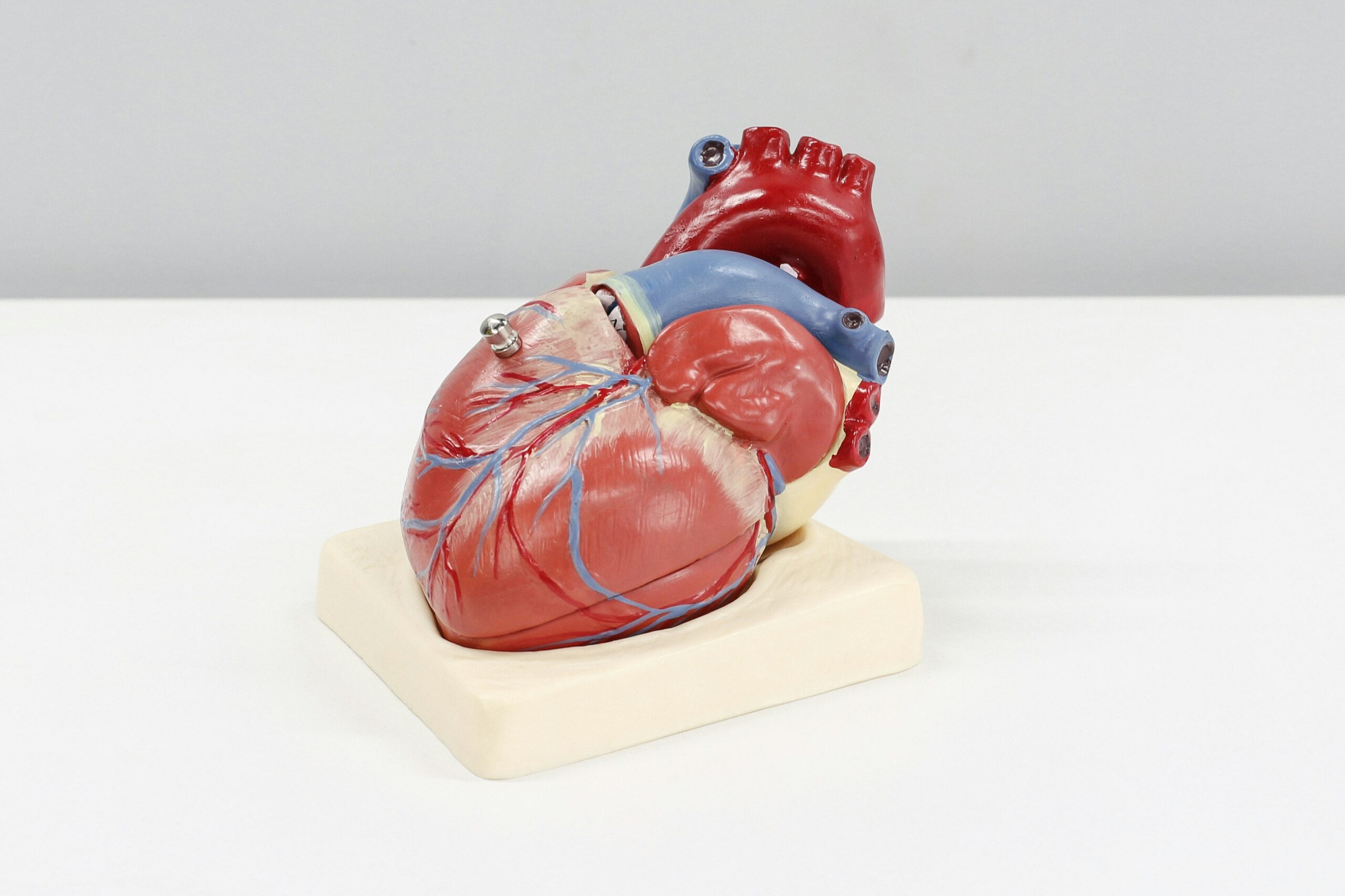
Implantable defibrillators (ICDs) have transformed the landscape of cardiovascular care, playing a crucial role in saving lives. These devices are designed to monitor and treat arrhythmias, offering an effective solution for patients at risk of sudden cardiac arrest. By delivers a shock to the heart when it detects life-threatening rhythms. ICDs have significantly reduced the mortality rate associated with these conditions. In recent years, advancements in ICD technology have led to improved device performance, making them an essential tool for cardiologists and patients.
The rise of ICDs can be traced back to the early 1980s when the first versions were introduced. Since then, the technology has evolved remarkably. Initially bulky and limited in functionality, modern ICDs are now smaller, more efficient, and capable of performing a range of life-saving interventions. Today, these devices deliver shocks to correct irregular heartbeats, provide pacing support for patients with slow heart rates, and monitor heart function in real time. This versatility has made ICDs a cornerstone in managing high-risk cardiovascular conditions.
The Mechanics Behind Implantable Defibrillators
An ICD is a sophisticated device consisting of a pulse generator and one or more leads, which are typically implanted under the skin near the collarbone. These leads are connected to the heart, where they detect abnormal electrical activity. The pulse generator, which houses the battery and computer components, constantly monitors the heart’s rhythm. It delivers a shock to restore normal rhythm when it detects a dangerous arrhythmia, such as ventricular fibrillation or ventricular tachycardia.
The shock administered by an ICD is strong enough to interrupt the irregular rhythm and reset the heart’s electrical system. Depending on the type of arrhythmia, the device may administer shocks or provide a brief pacing impulse to restore normal heart function. This automated intervention is vital in preventing sudden cardiac arrest, a leading cause of death among individuals with certain heart conditions.
Benefits of Implantable Defibrillators
The most significant advantage of an ICD is its ability to prevent sudden cardiac arrest. Studies have shown that patients with a history of arrhythmias or heart failure are at a higher risk of experiencing cardiac arrest, which can occur without warning. For these patients, an ICD provides constant surveillance and the ability to intervene when necessary immediately. This life-saving feature gives patients and their families peace of mind, knowing the device can act when a crisis arises.
Furthermore, ICDs can improve patients’ quality of life by enabling them to live more confidently. Many individuals who would otherwise limit their physical activity due to the risk of sudden cardiac arrest can resume everyday routines with the security that their ICDs will protect them in the event of an emergency. This has improved mental well-being and resulted in a more active lifestyle for many ICD recipients.
Advances in ICD Technology
Over the years, implantable defibrillators have undergone numerous innovations. Early models were relatively basic, with limited capabilities and relatively short battery life. However, today’s ICDs are far more advanced, with features designed to enhance their therapeutic effect and patients’ comfort. One such advancement is the incorporation of remote monitoring. This feature allows healthcare providers to track an ICD’s performance in real time, adjust settings, and diagnose issues without frequent in-office visits.
Additionally, modern ICDs now feature smaller, more compact designs, reducing the invasiveness of implantation and improving patients’ overall experience. These devices also come with various programmable settings, enabling physicians to tailor their approach based on the patient’s needs. The ability to personalize treatment has resulted in more effective management of arrhythmias and reduced the incidence of device-related complications.
Challenges and Considerations
While implantable defibrillators offer numerous benefits, there are still challenges associated with their use. One of the primary concerns is the risk of device malfunction or complications related to the implantation procedure. Although rare, these issues can be severe and may require additional interventions, such as surgical removal or replacement of the ICD. Patients may also experience discomfort at the implantation site, particularly if the device or leads shift.
Another consideration is the psychological impact that an ICD may have on patients. While the device is designed to save lives. The thought of having a shock delivered to the heart can cause anxiety. Patients may feel self-conscious or fearful of the device firing unexpectedly. To mitigate these concerns, healthcare providers work closely with patients to ensure they understand the device’s function and can manage any emotional responses to the treatment.
Looking Ahead: The Future of ICDs
As technology continues to evolve, implantable defibrillators will, too. Researchers are constantly working to enhance the functionality and safety of these devices. Integrating artificial intelligence (AI) and machine learning into ICDs is a promising development area. These technologies can improve the accuracy of arrhythmia detection, reducing the likelihood of false alarms and ensuring that only the most serious events trigger a shock.
Additionally, the future may bring even smaller, more efficient ICDs, which can be implanted with minimal discomfort and a lower risk of complications. These devices could also be designed to last longer, reducing the need for battery replacements and lowering overall healthcare costs. Innovations in wireless technology may also lead to ICDs that can communicate more effectively with other medical devices, providing a more holistic approach to patient care.
Implantable defibrillators have proven to be a vital part of modern cardiovascular care. Offering life-saving interventions for patients at risk of sudden cardiac arrest. With continued technological advancements, these devices are becoming more efficient, personalized, and user-friendly. While challenges remain, the benefits of ICDs are undeniable. Offering improved quality of life and enhanced survival rates for individuals with heart conditions. As the field continues to evolve, ICDs will undoubtedly play an even greater role in shaping the future of cardiac care. Offering hope and protection to patients worldwide.